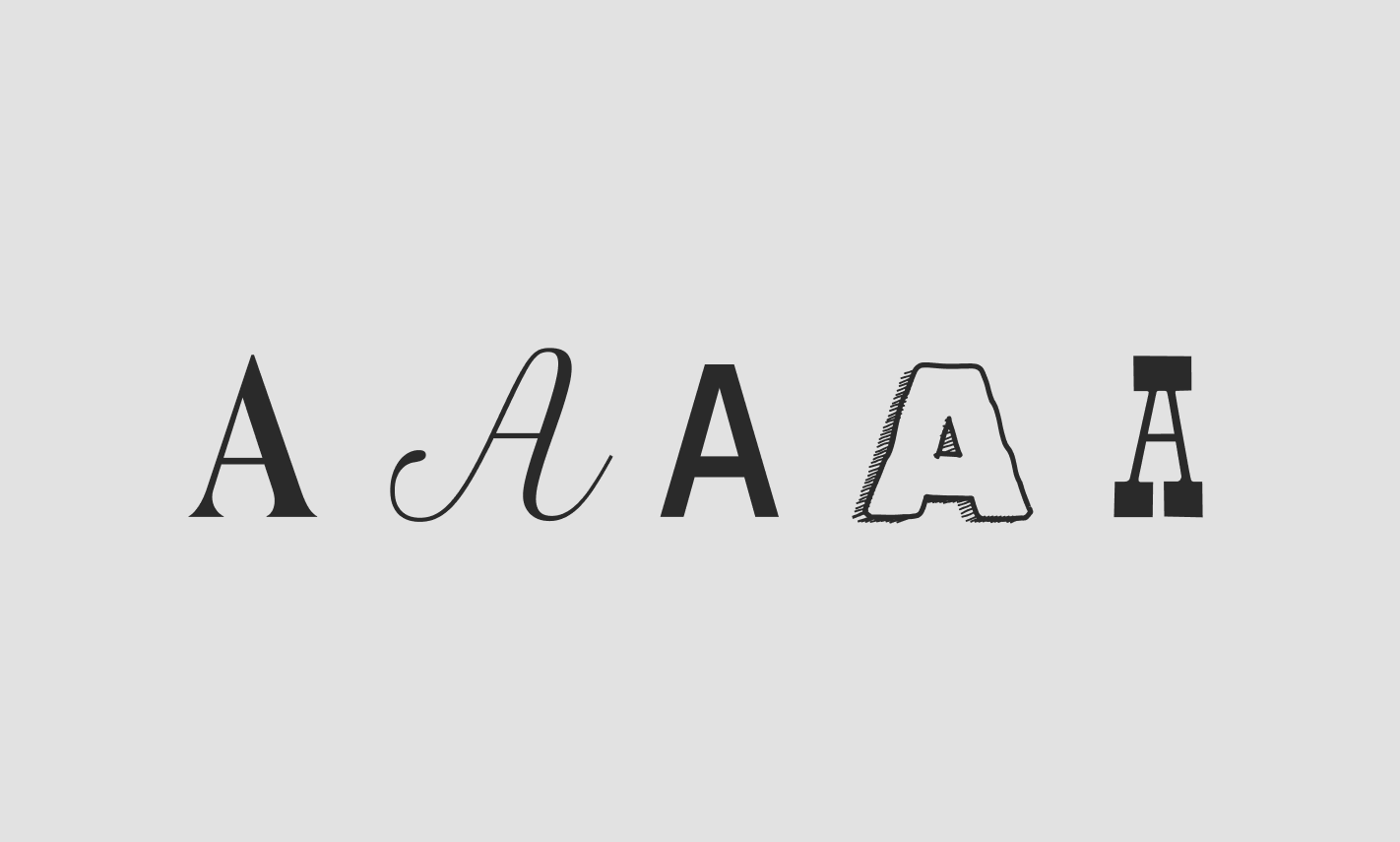Hello. This newsletter, Category First, is now Own Your Category. And it now lives at ownyourcategory.substack.com.
I renamed it because “how to own your category” is what I promise to teach here.
Paulina and I also updated the logo and look-and-feel. My hope is, by updating our promise and our vibe, our content becomes more focussed and better serves you.
………
Today I’m going to teach you to stop making this fatal strategy mistake.
(Not that you would.)
If you’re one of the few who ace this, you get money and happiness in return. Let me explain.
Positioning is really just a fancy word for making the case that your product is different - and of course, making it different.
In that difference, value is derived. Enough value, and customers will give you their money. No difference? No reason to buy.
But here’s the fatal flaw in most strategy:
We strategists think our idea is different.
But customers experience our idea as the same.
Because Customer Mind is totally different than Strategist Mind.
Let me show you.
Here’s a list of differentiating ideas, using the standard method positioning experts use.
DIFFERENTIATING IDEAS
Product X is the easy CRM for customer success.
Product Y is an AI-powered design tool.
Product Z is an all-in-one cold email platform.
WHAT THEY HEAR
Product X is a CRM.
Product Y is a design tool.
Product Z is a cold email platform.
How is this possible?
Because the world is noisy and minds are busy.
Minds take in way more information (11 Megabits/sec) than they can pay attention to (60 bits/sec).
To reduce the amount of stuff they have to deal with, minds use pattern-matching to unconsciously seek out similarities. Once a pattern is found, your precious positioning immediately gets filed in a pre-existing box (CRM, design tool, etc).
At that point, smaller differences are largely ignored.
It’s why the letter “A” is still an “A” in a hundred different fonts.
Minds don’t notice the different fonts. They just see the similarity - the “A”.
If you position yourself within a category, customers only see the category - not the unique part.
Take agencies. Here’s how most agencies pitch themselves and what our clients hear:
PITCH
“We are a digital agency that combines science and storytelling to deliver experiences customers love.”
WHAT CLIENTS HEAR
”We are a digital agency yada yada yada.”
The way around this is to position around ideas that are categorically different. I.e. outside of any existing pattern.
Ever heard of a category design studio? That’s what my shop is. The reason you never heard of that before is because I’m intentionally interrupting your pattern matching systems.
I could have said “Gold Front is a brand agency that is expert in the creation of new market categories, from business strategy to creative execution.”
But that leads to YadaLand - and will get ignored.
Only ideas that break patterns get attention - because they represent either a potential threat, or an exciting new opportunity.
And that’s exactly where you want to be.
So let me ask you: What’s the differentiating idea for your venture?
And is it different enough for Customer Mind?
If the thing you’re building feels like an outlier, you may be in a really good place.
See you next week!








Similar to Roger Martin’s thinking. If the opposite of your differentiation is “ on its face stupid” (his words) it’s not a strategy. Example , an easy CRM for customer success. The opposite “ a difficult CRM for customer failure”